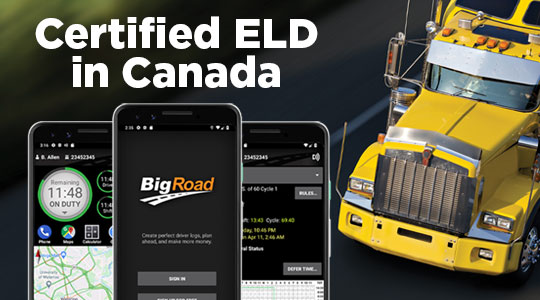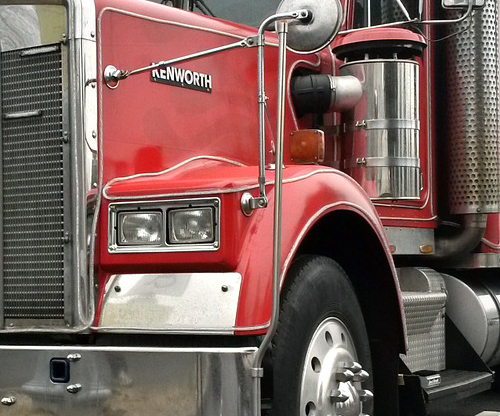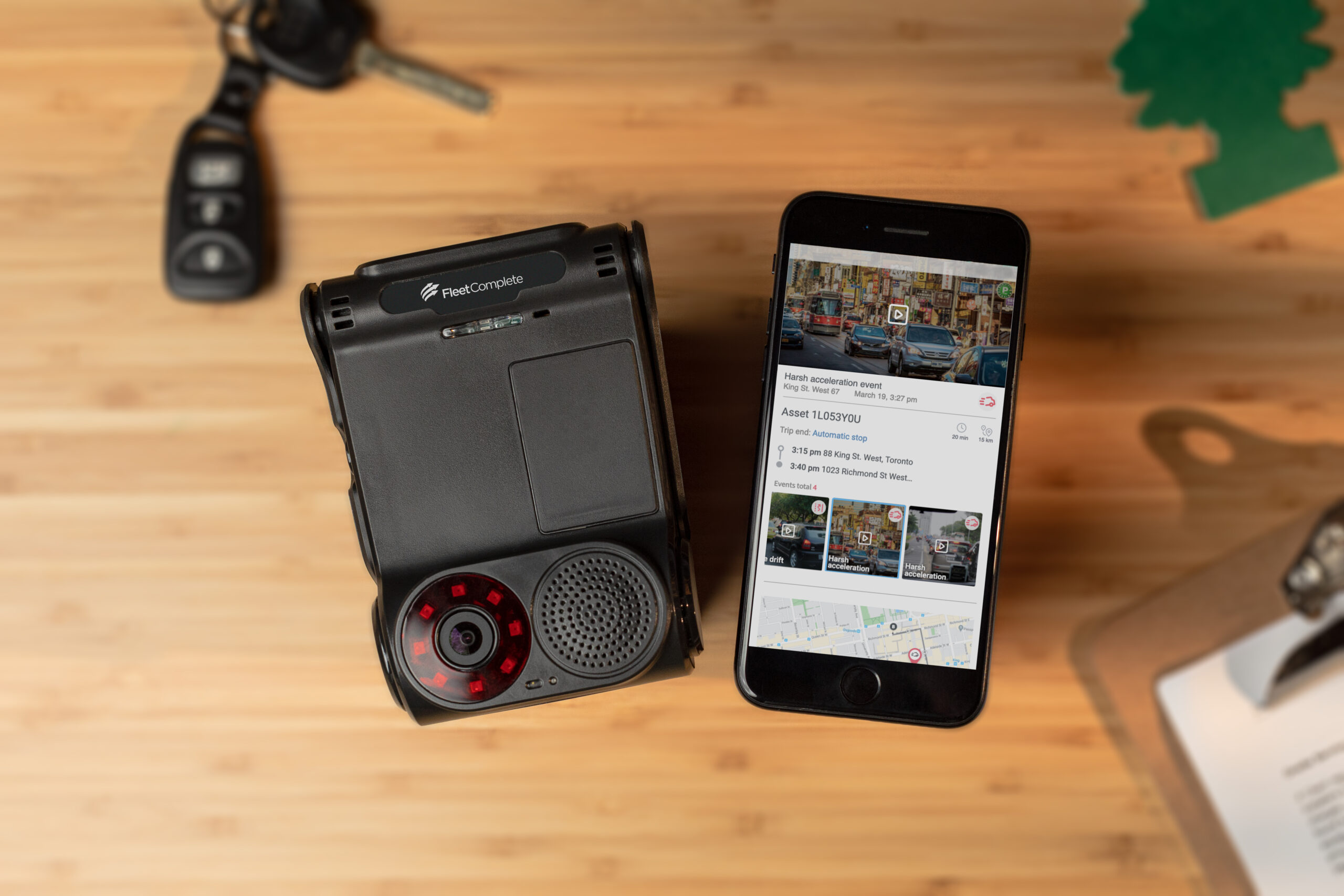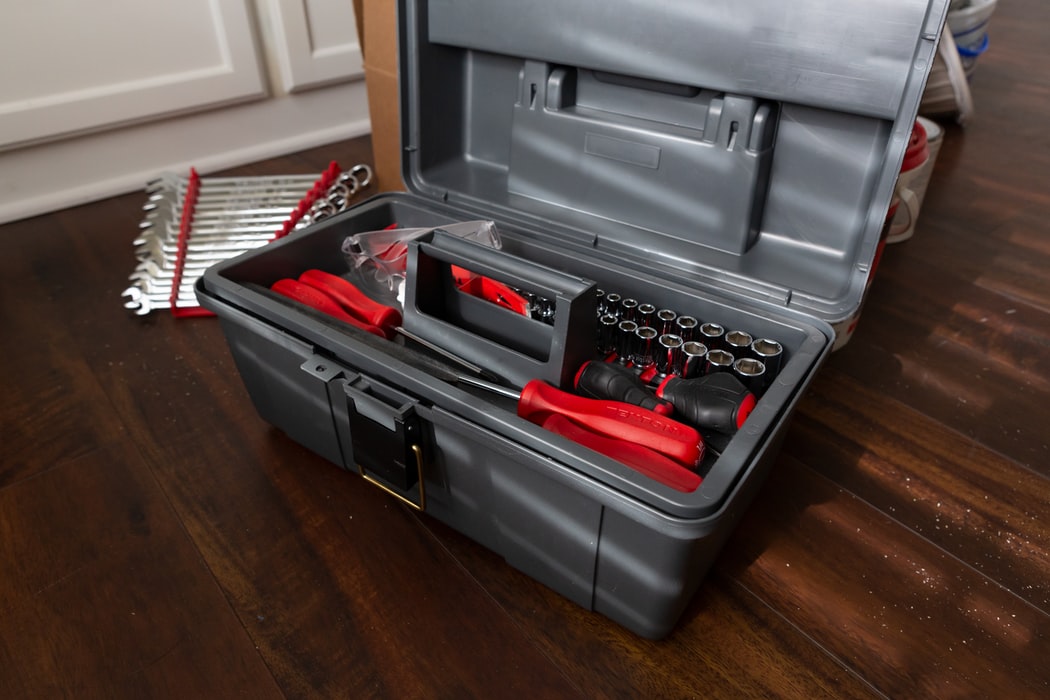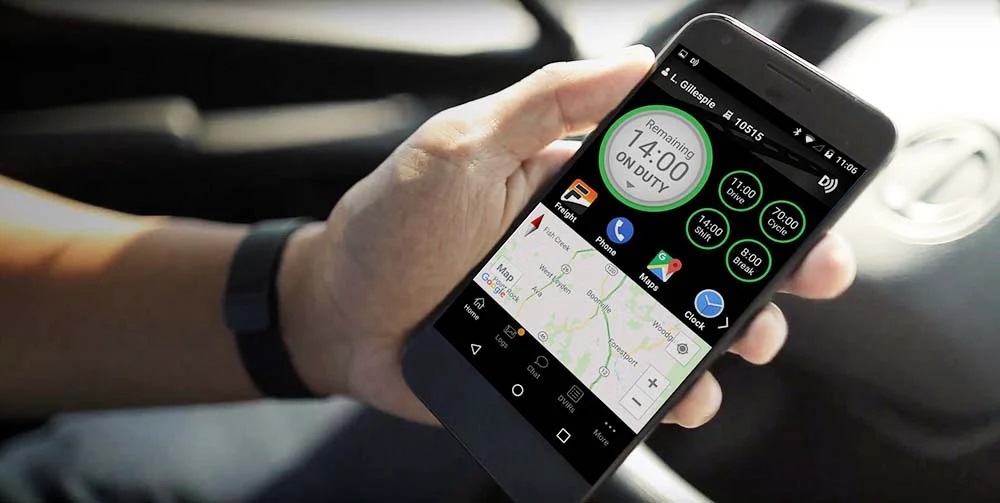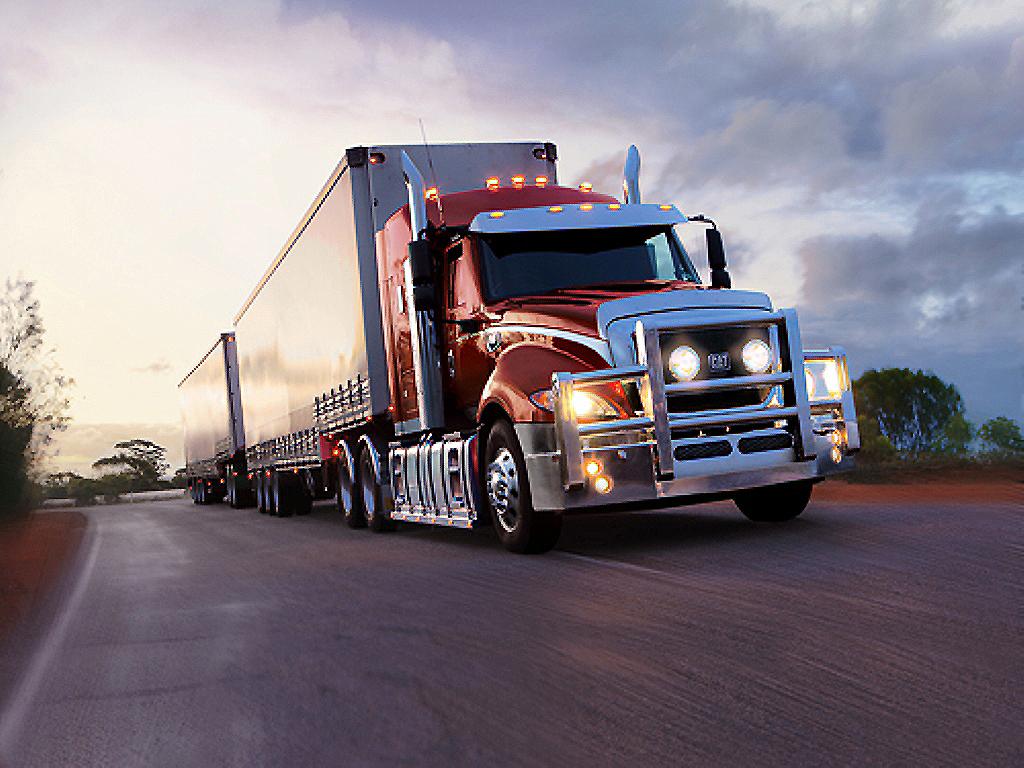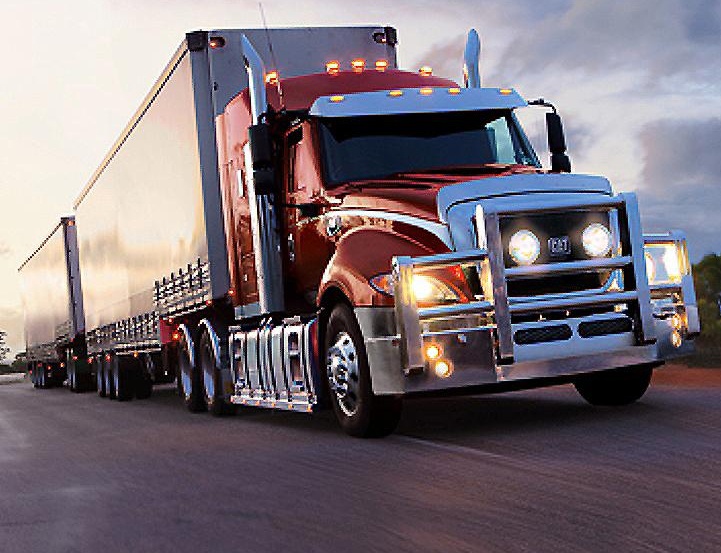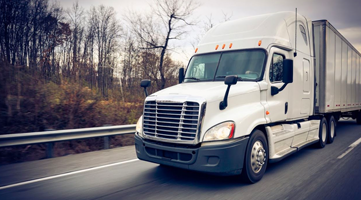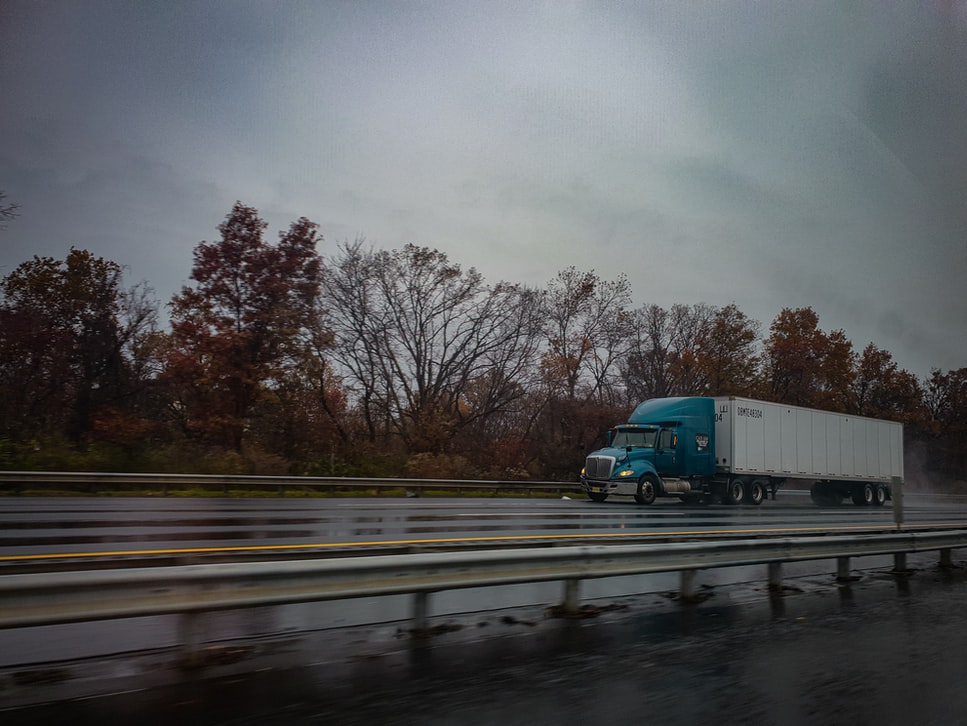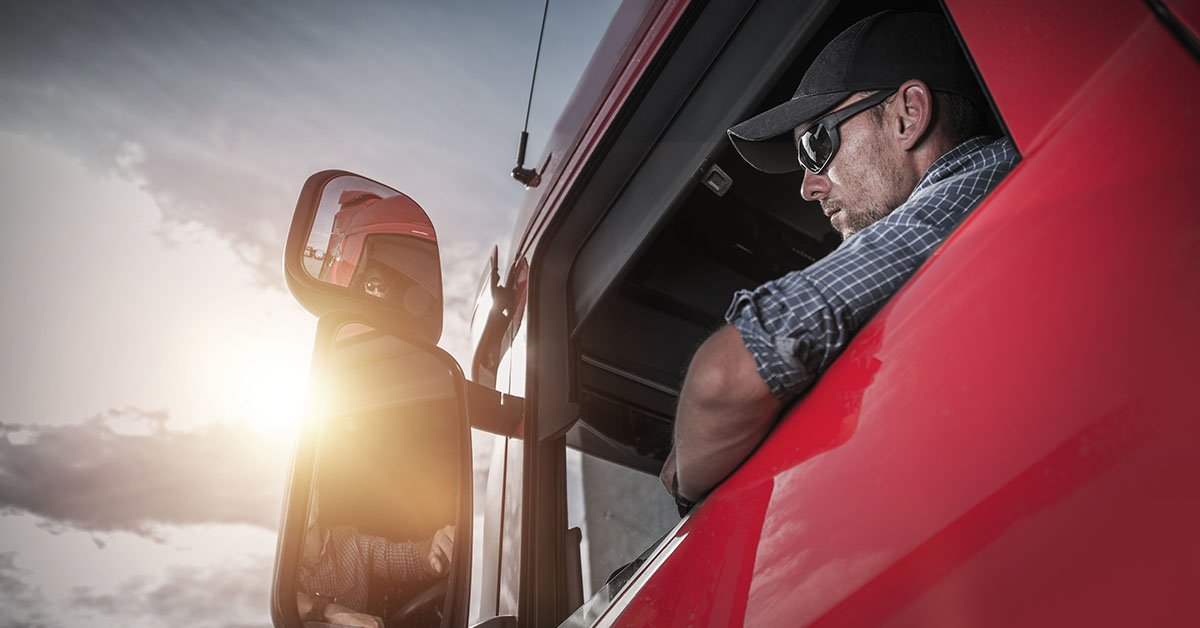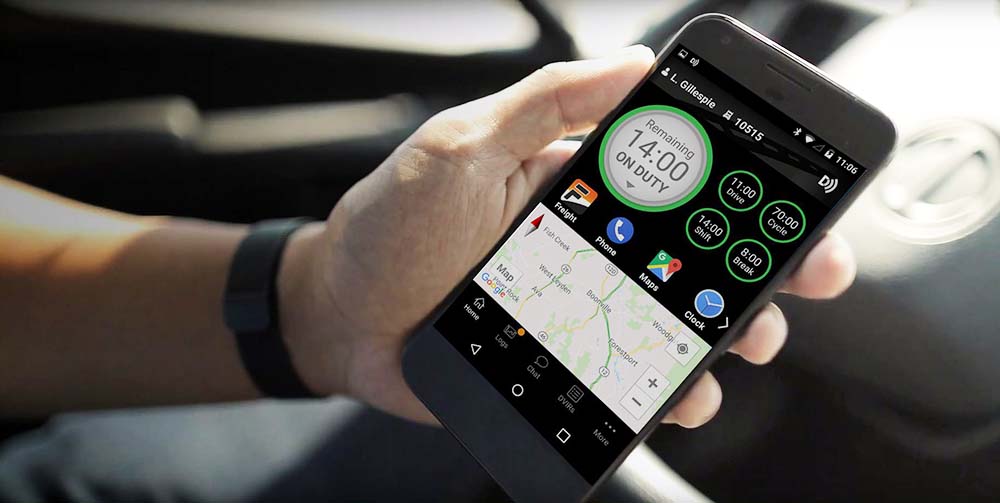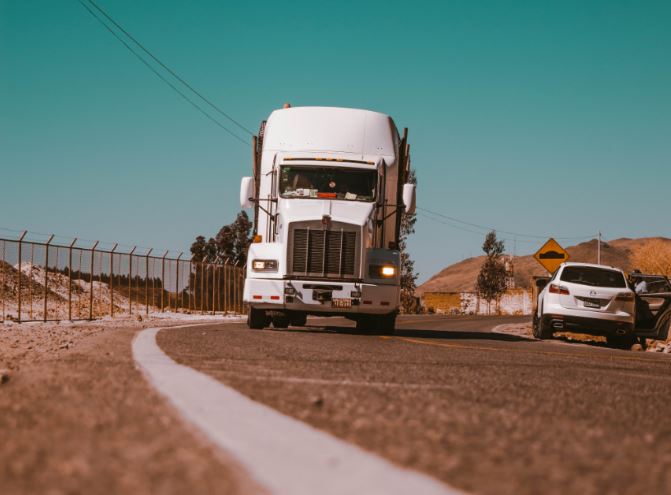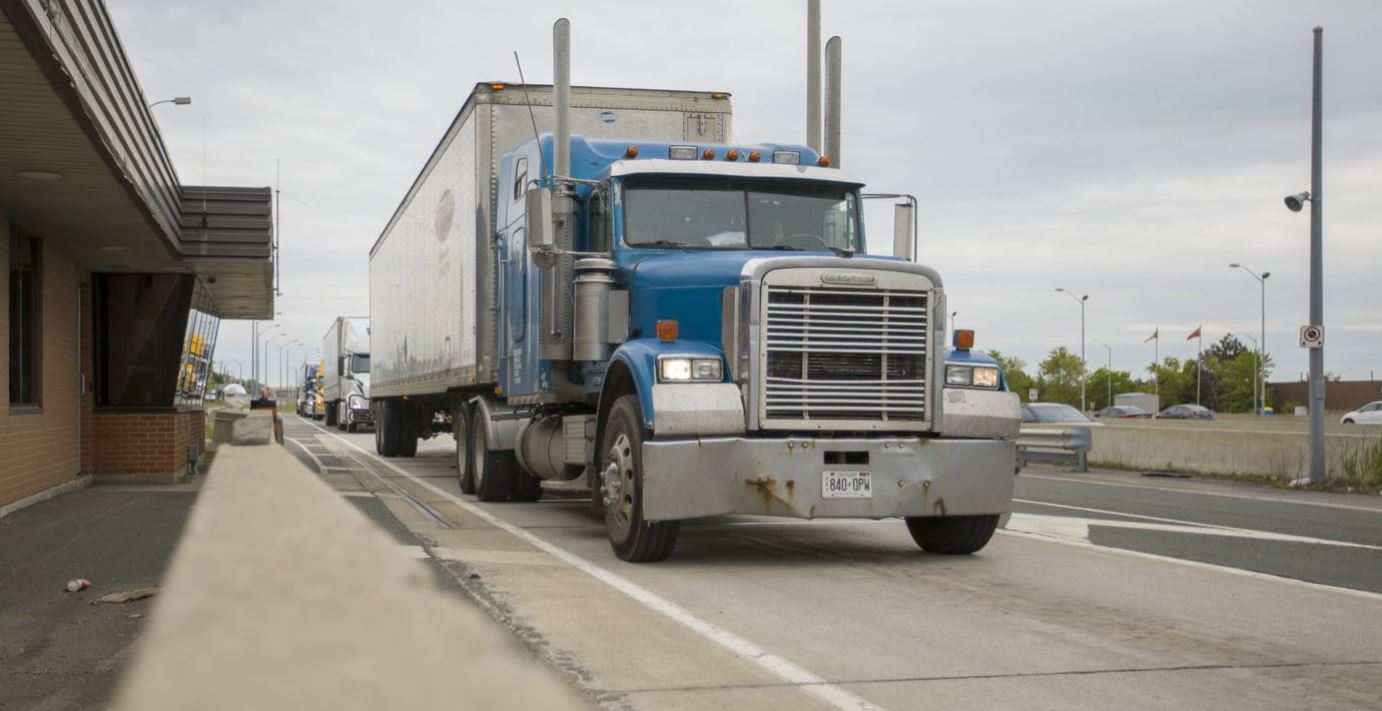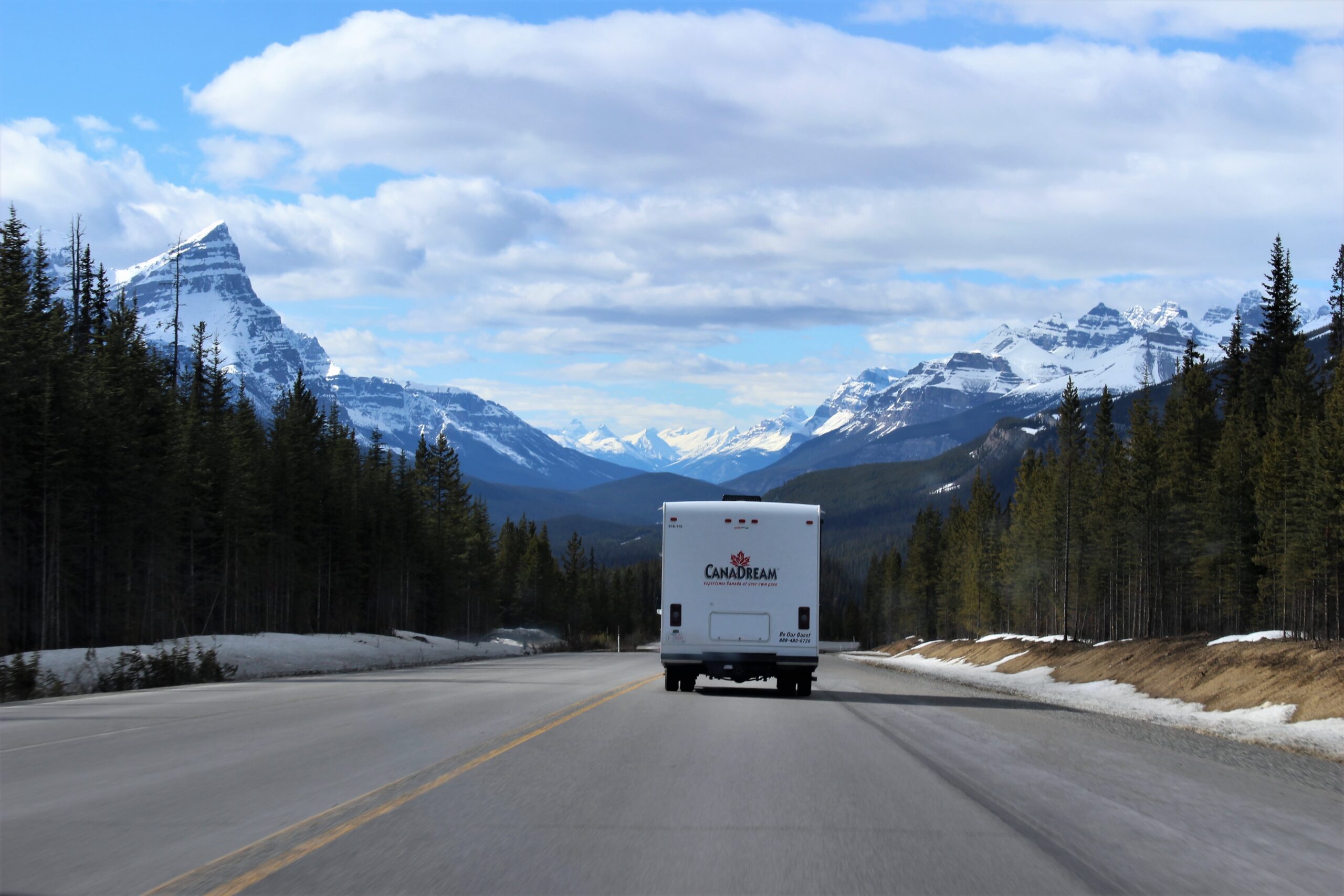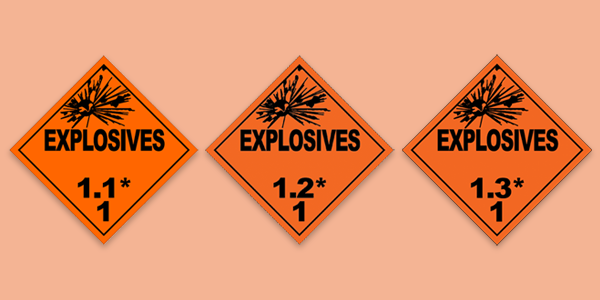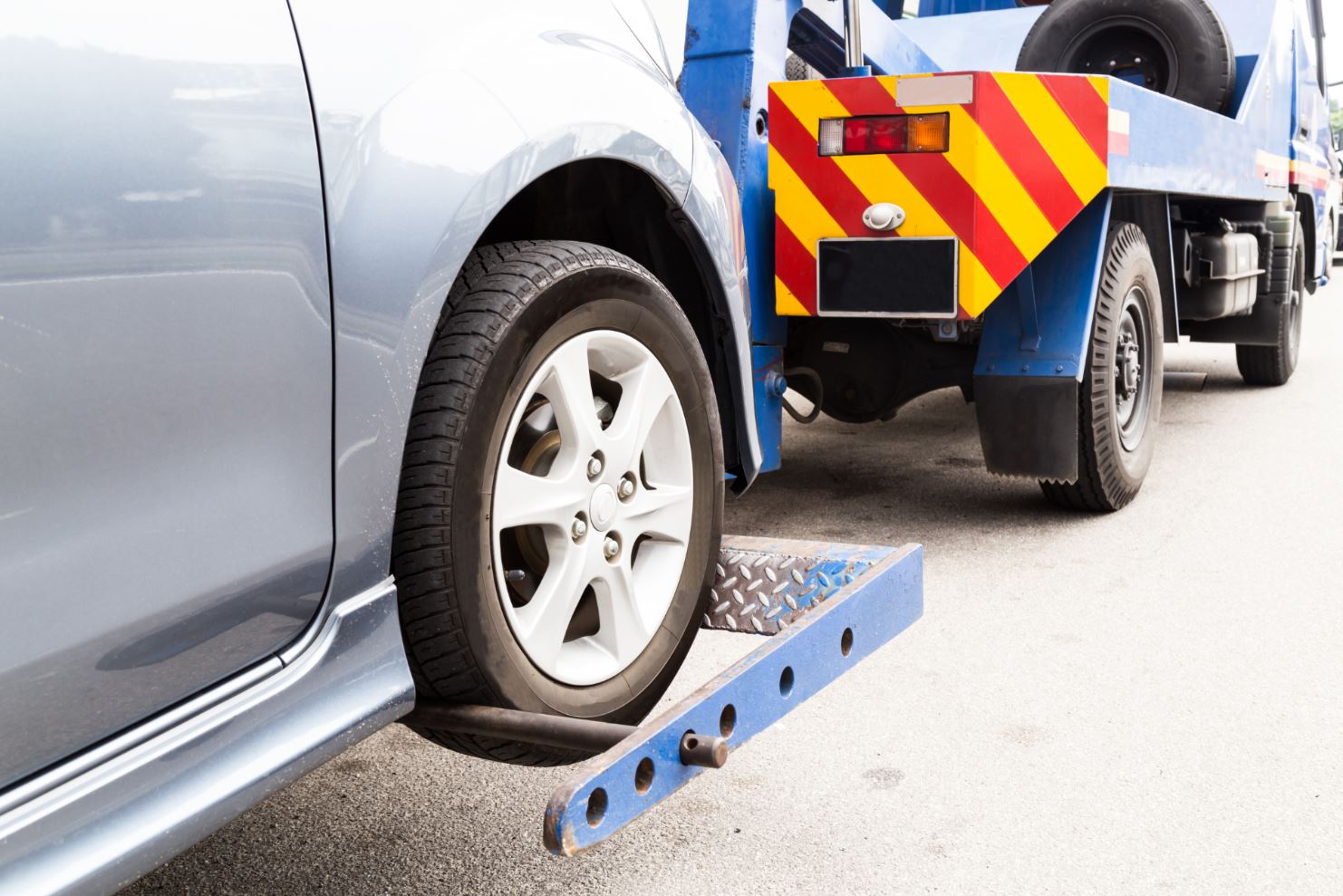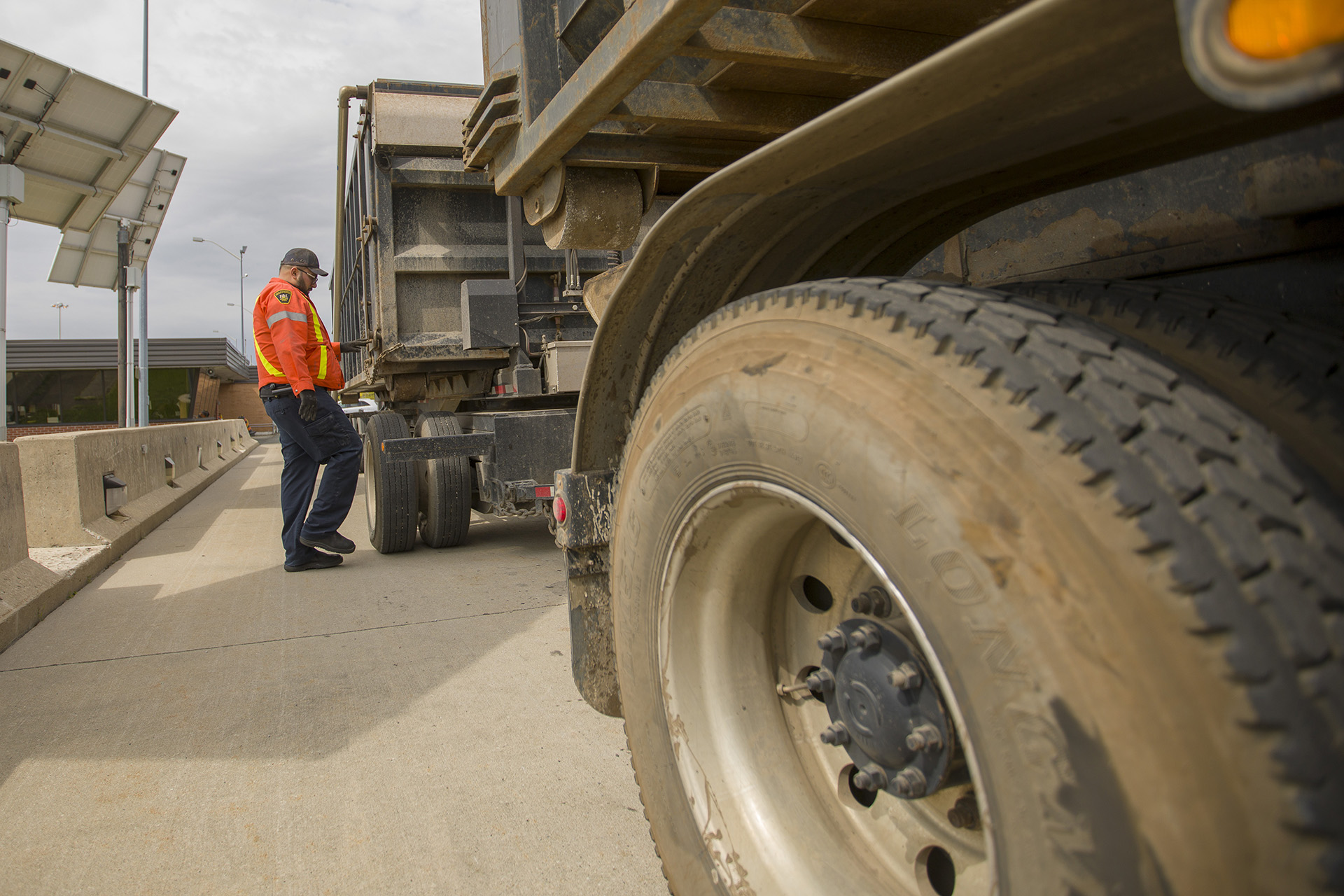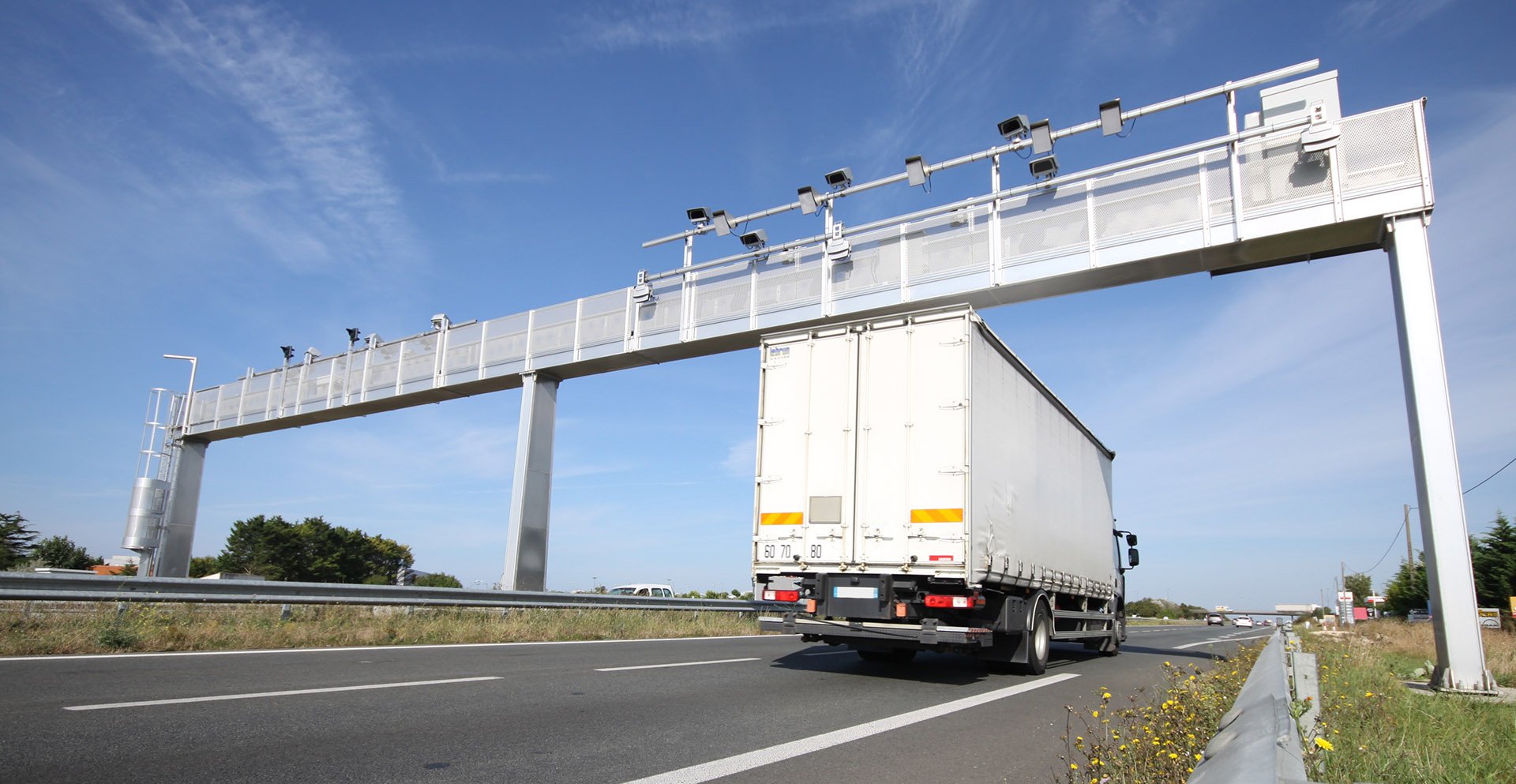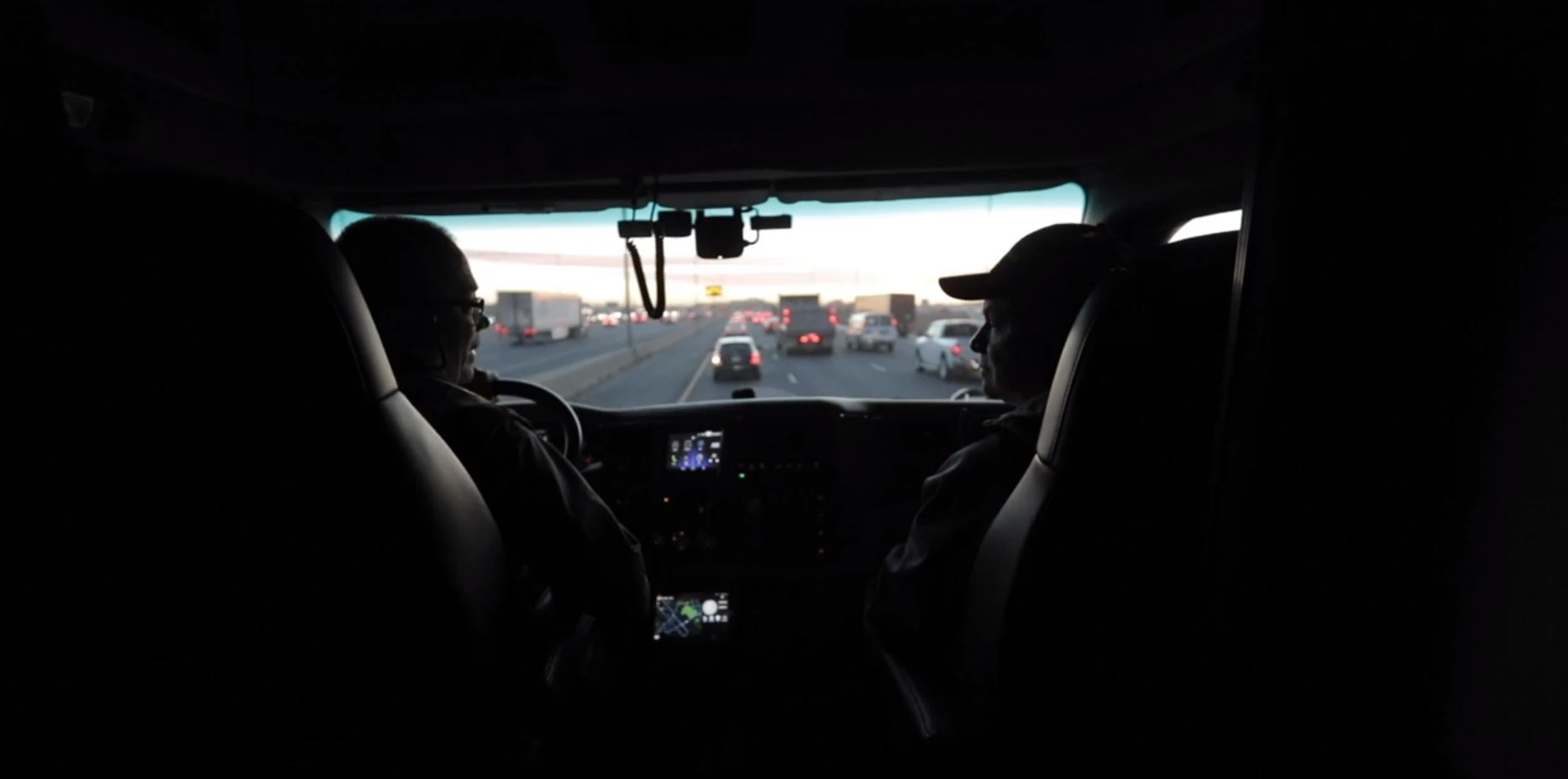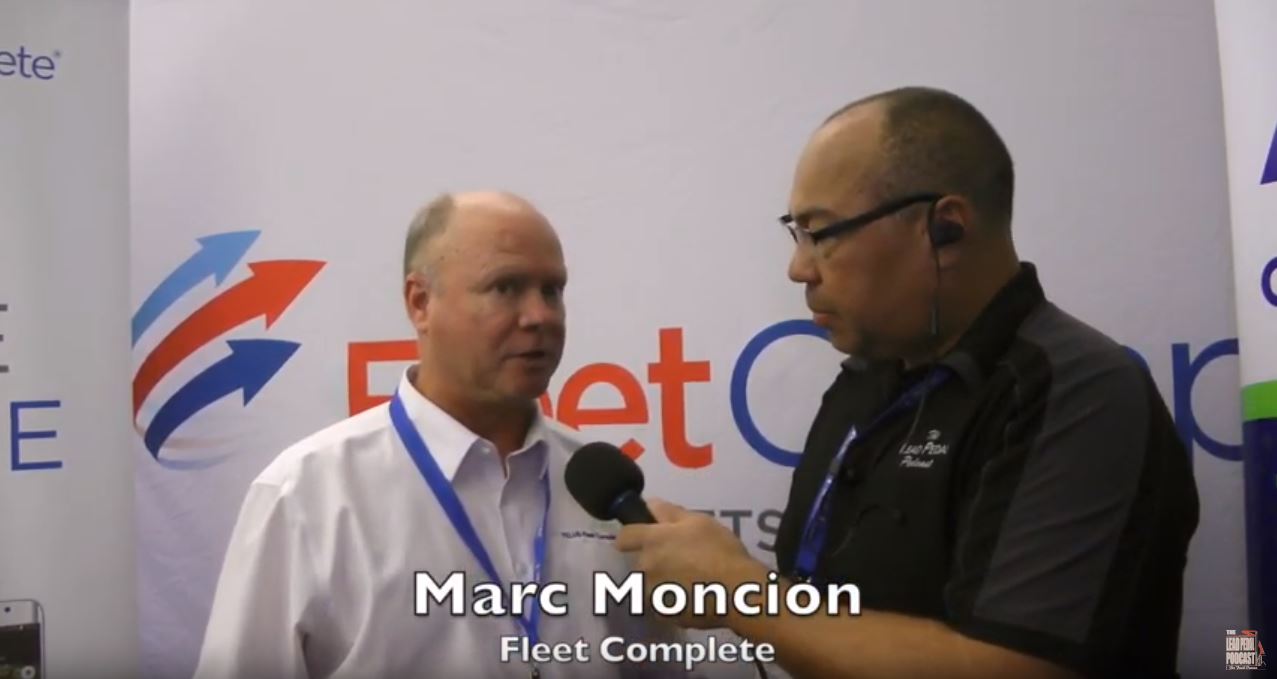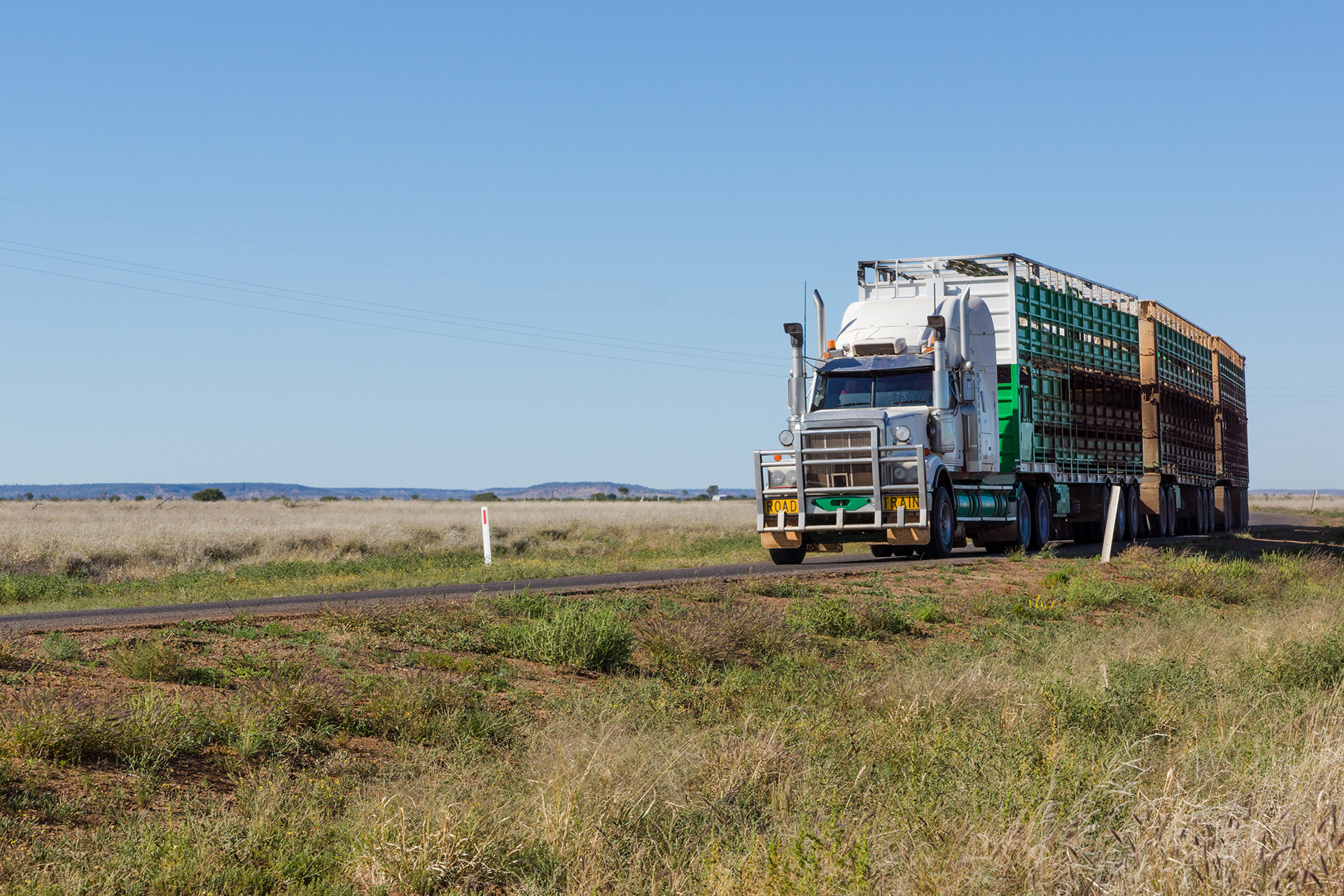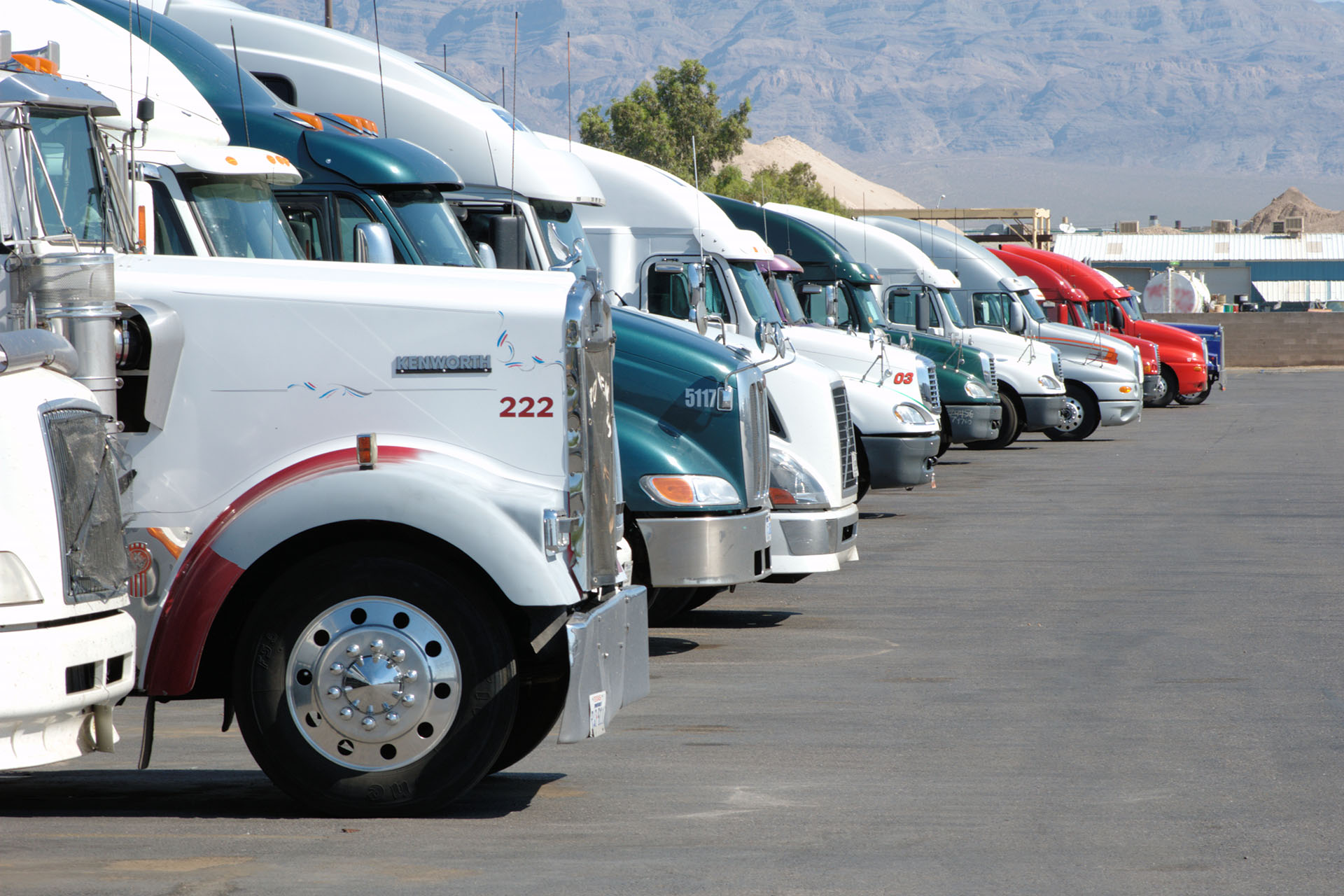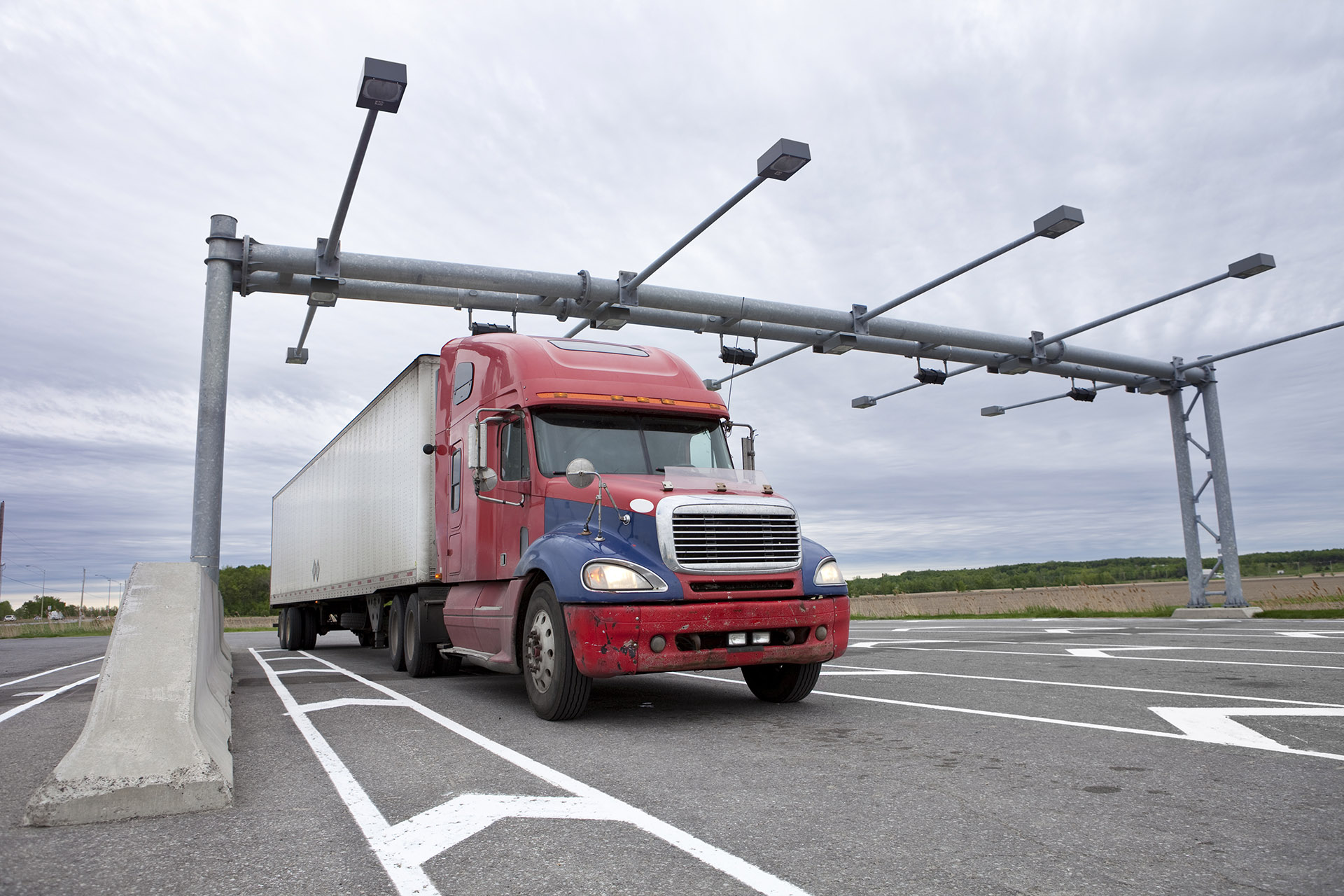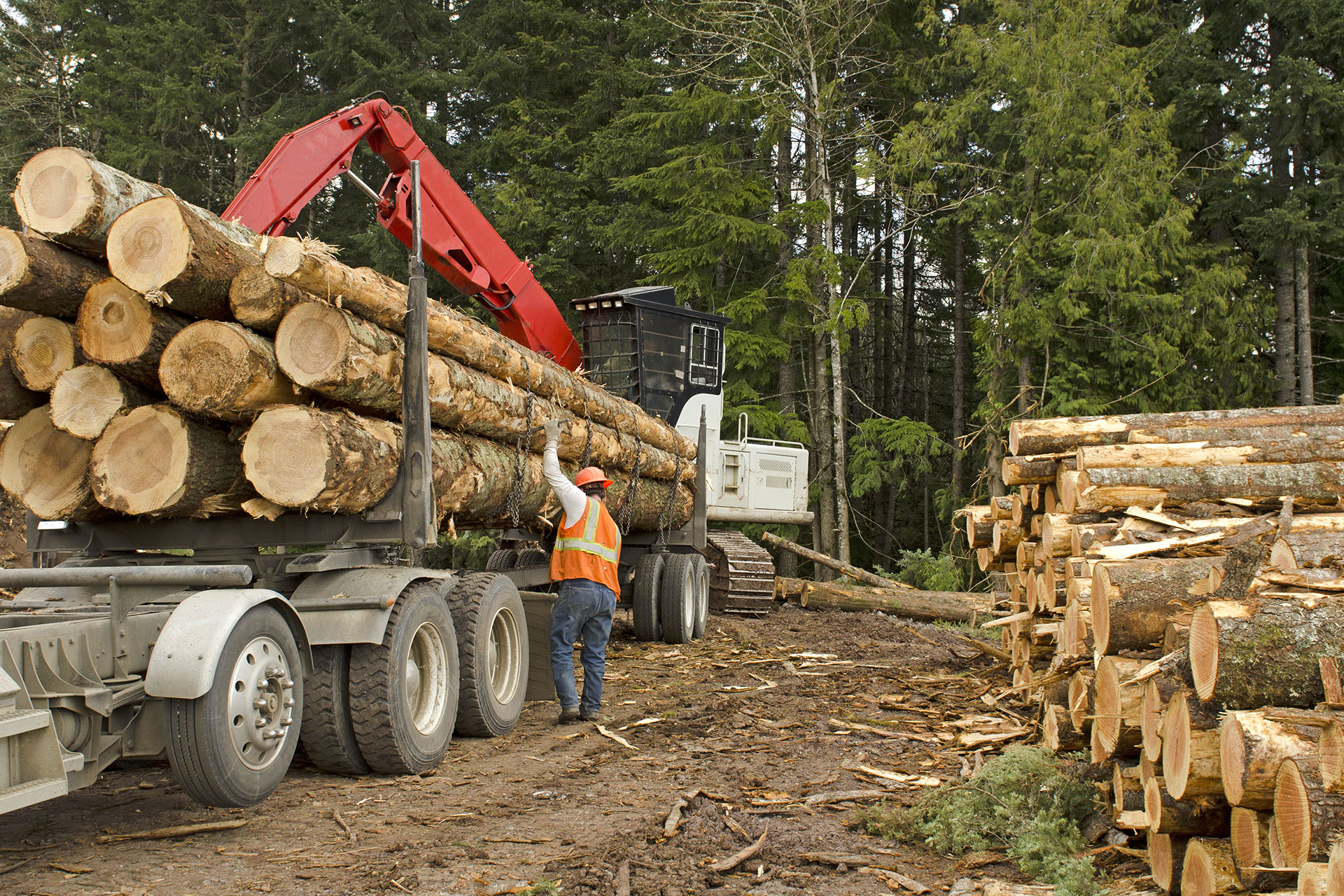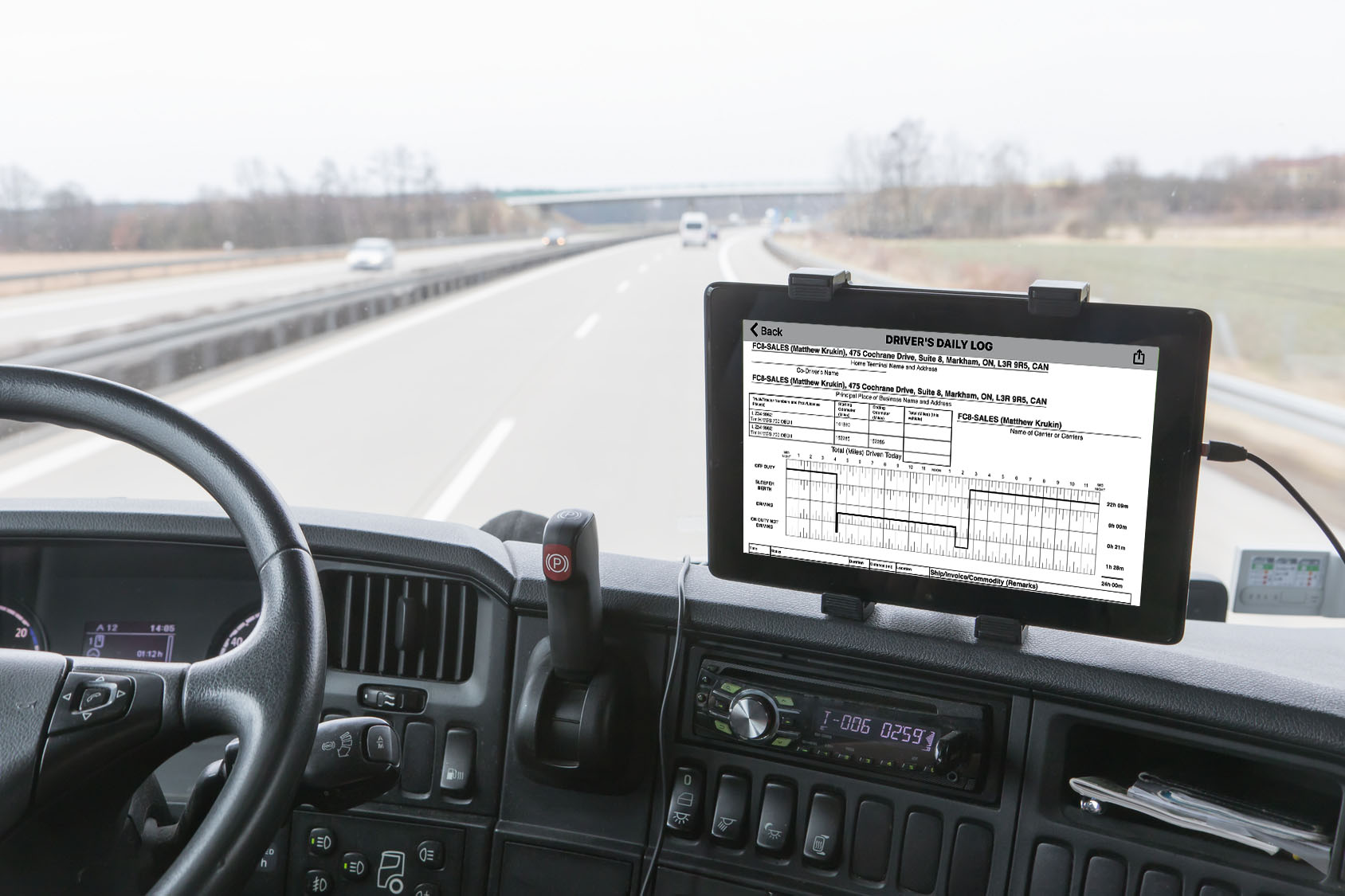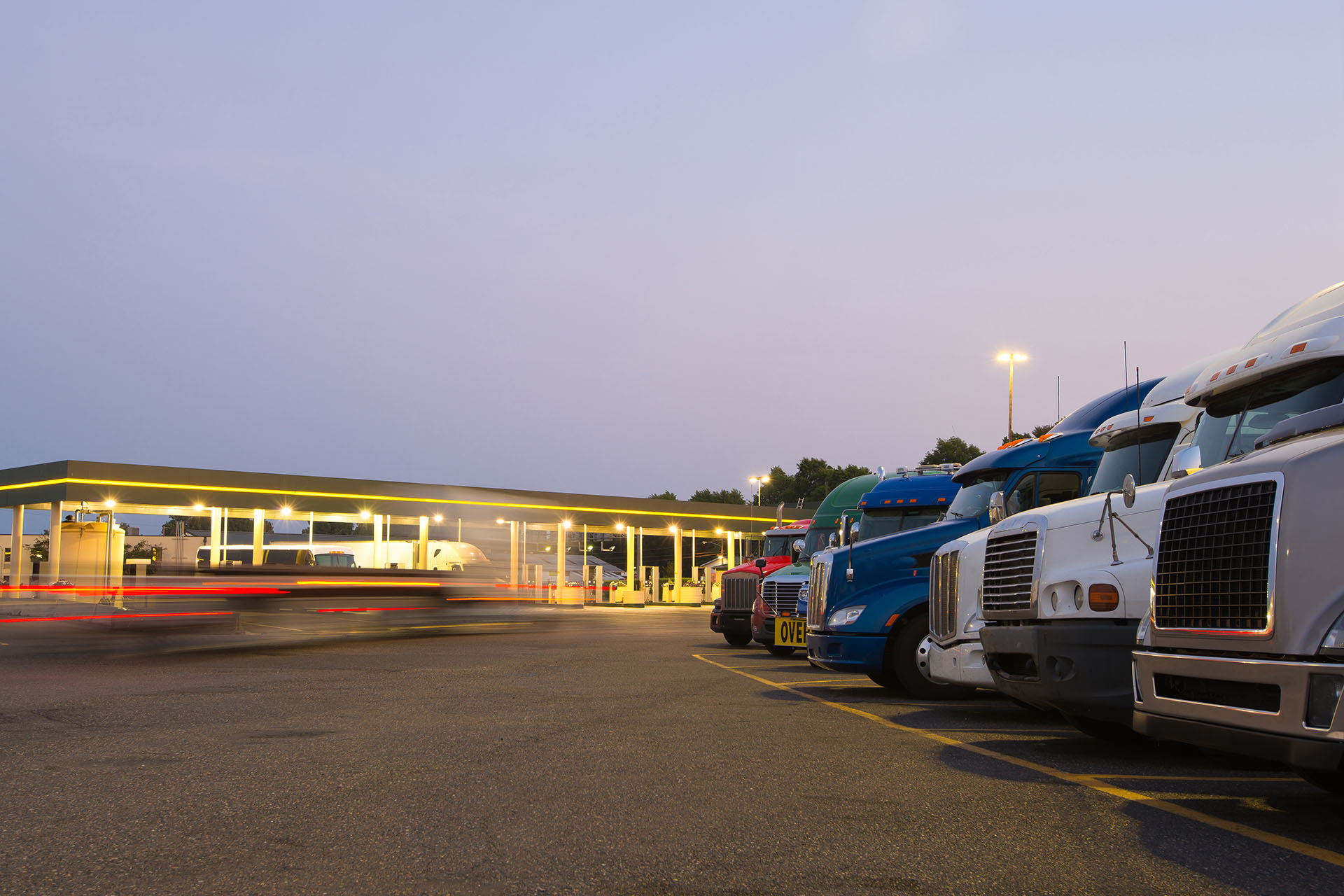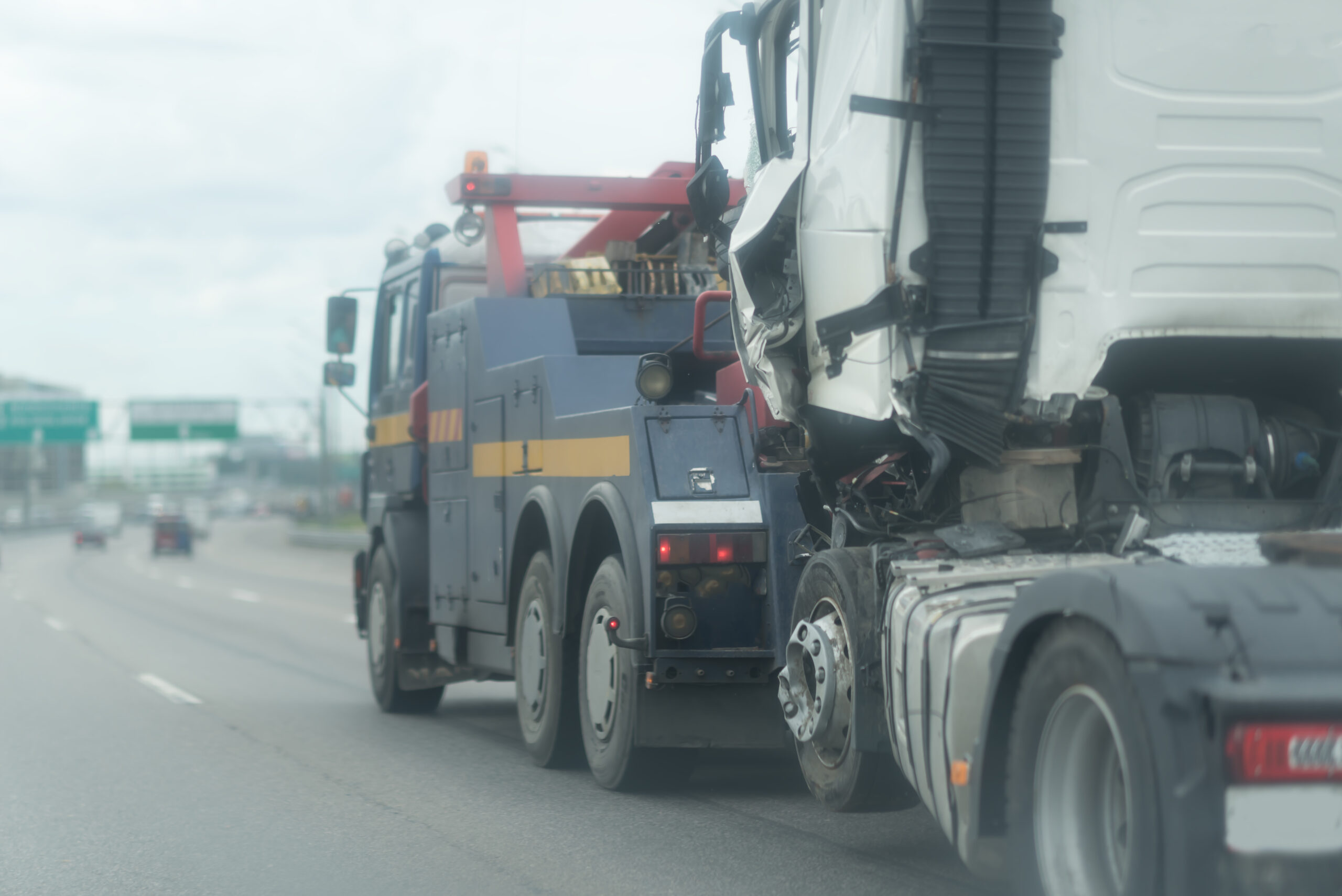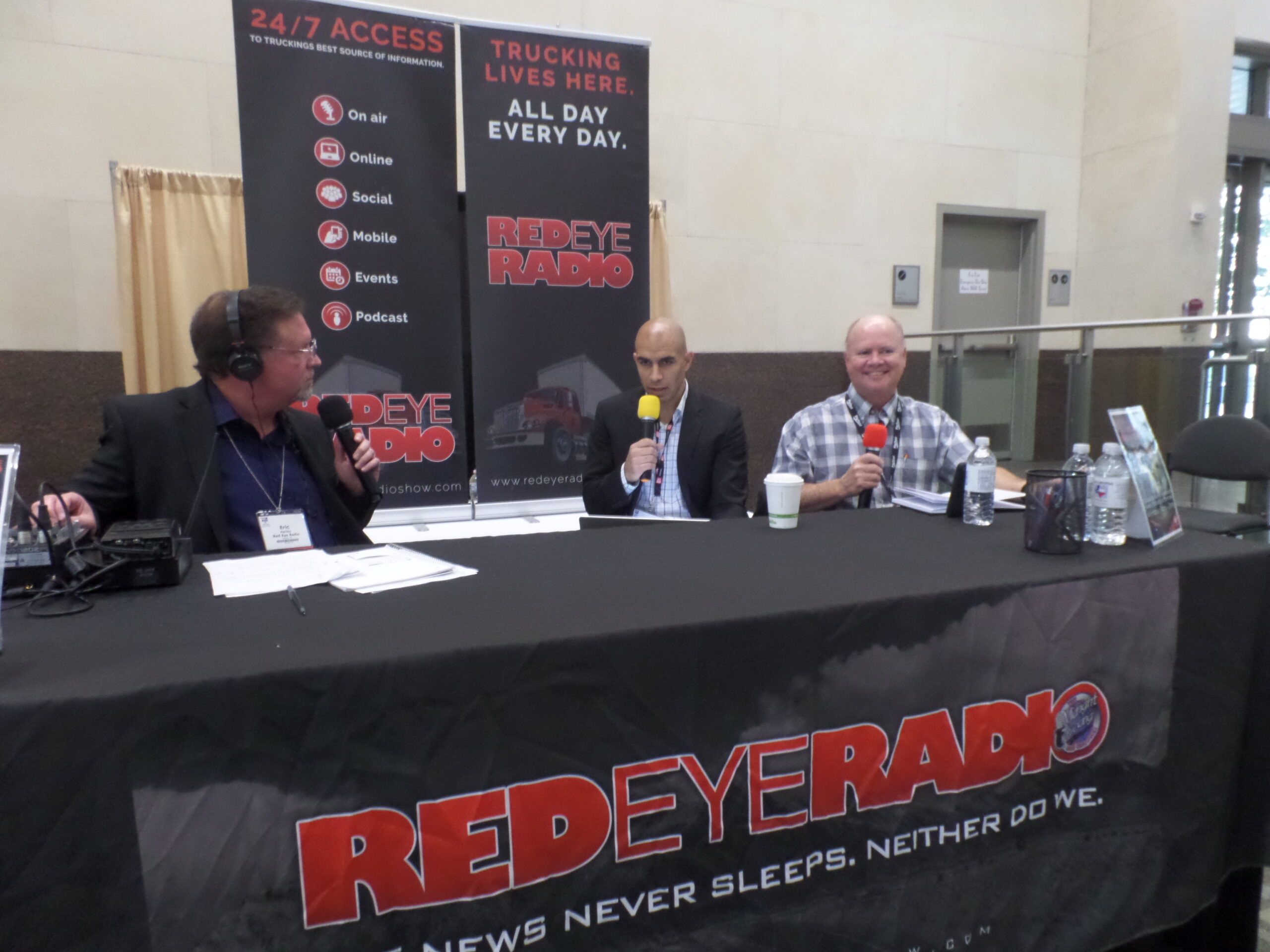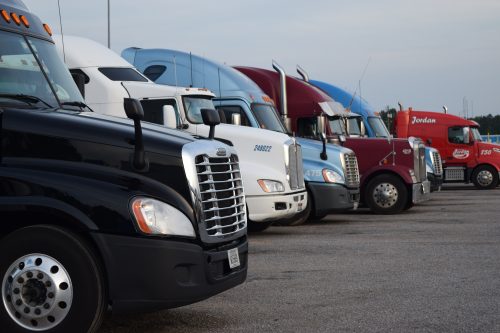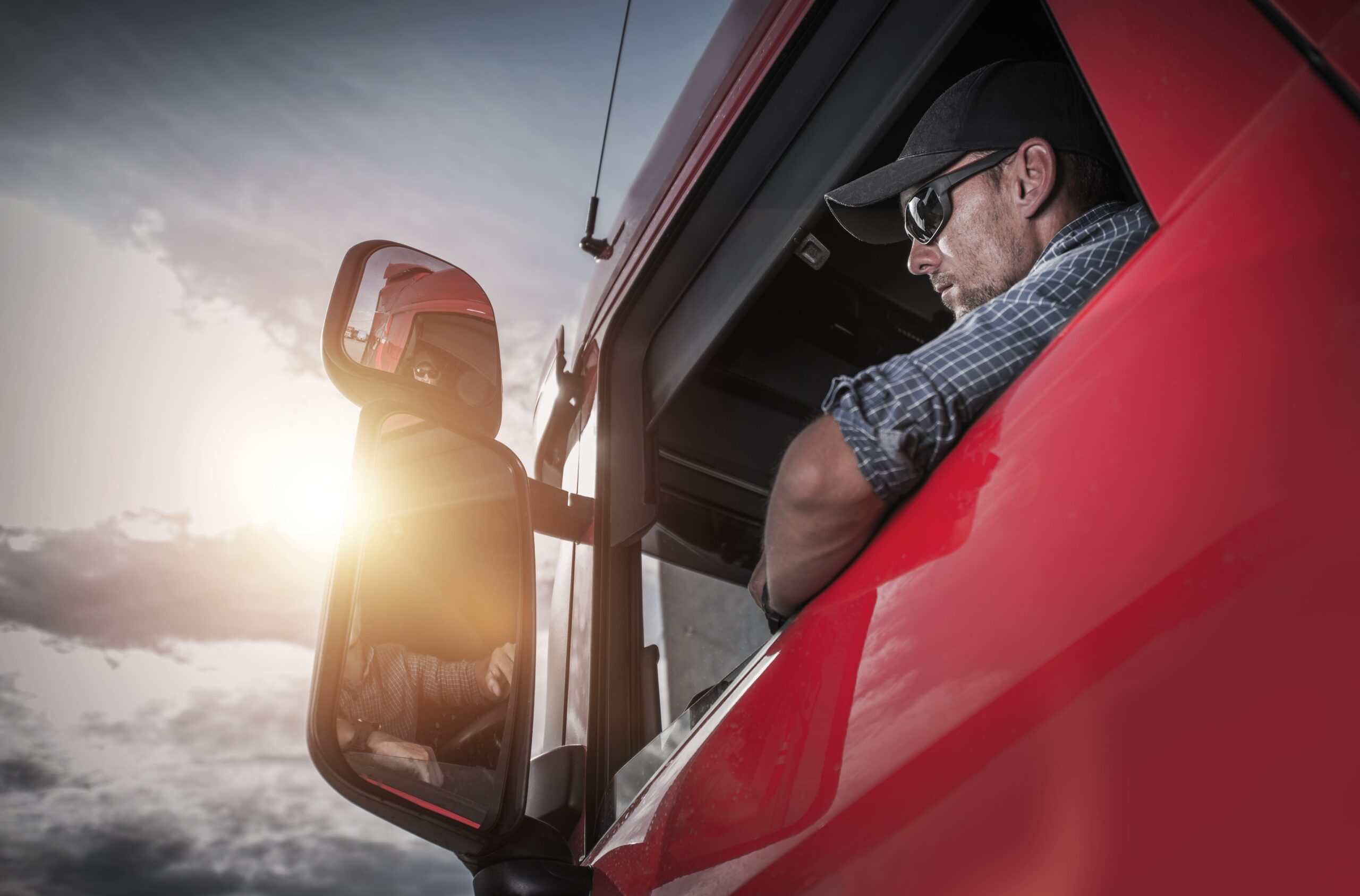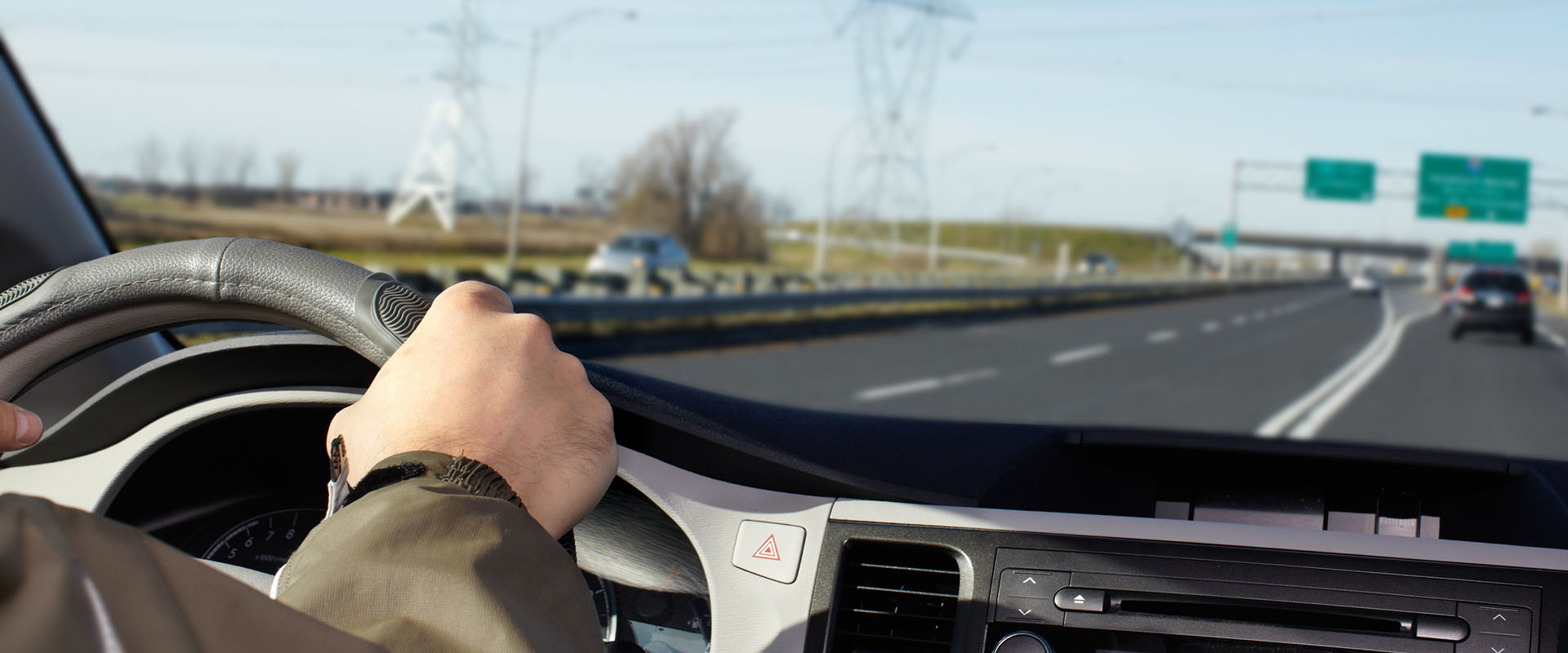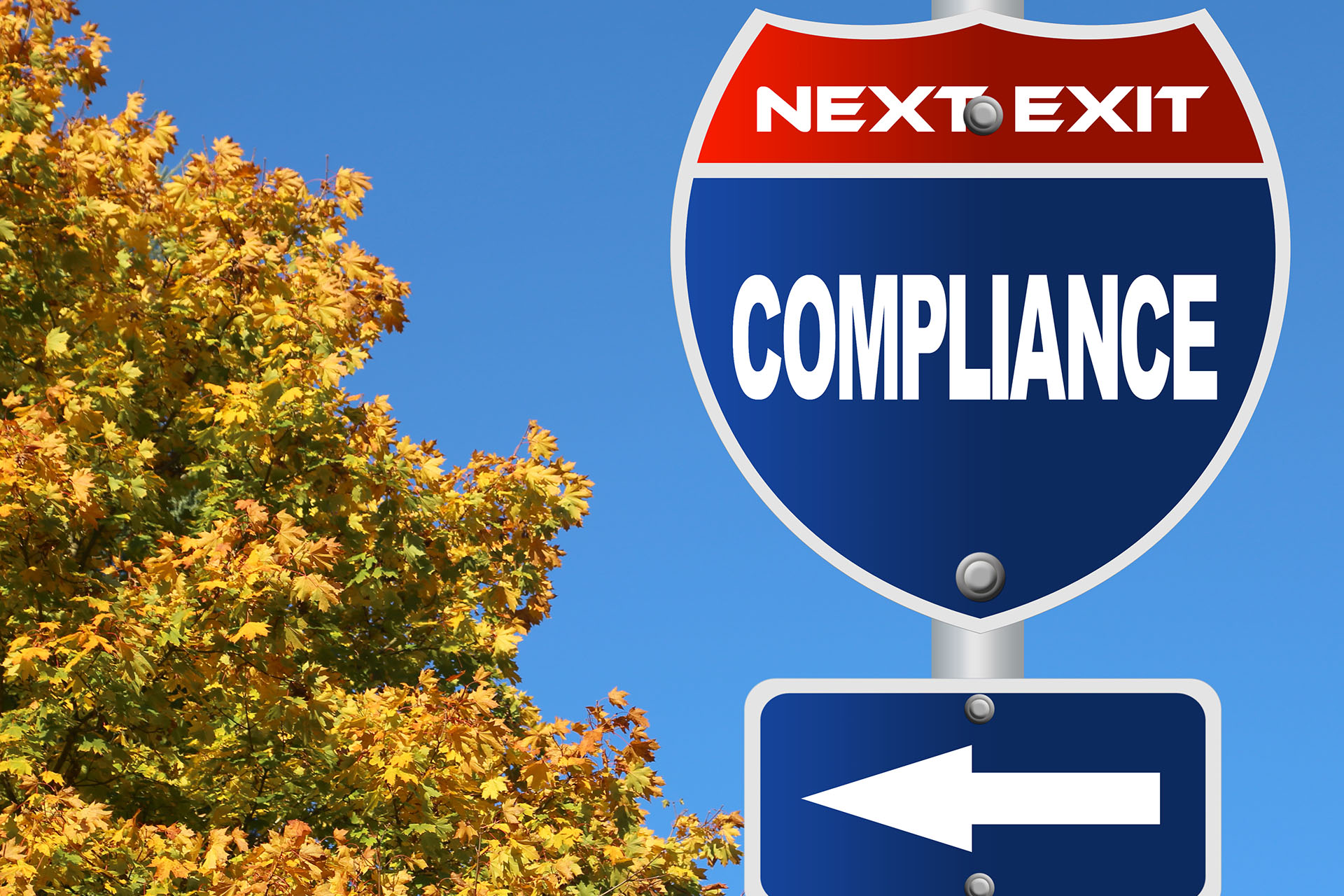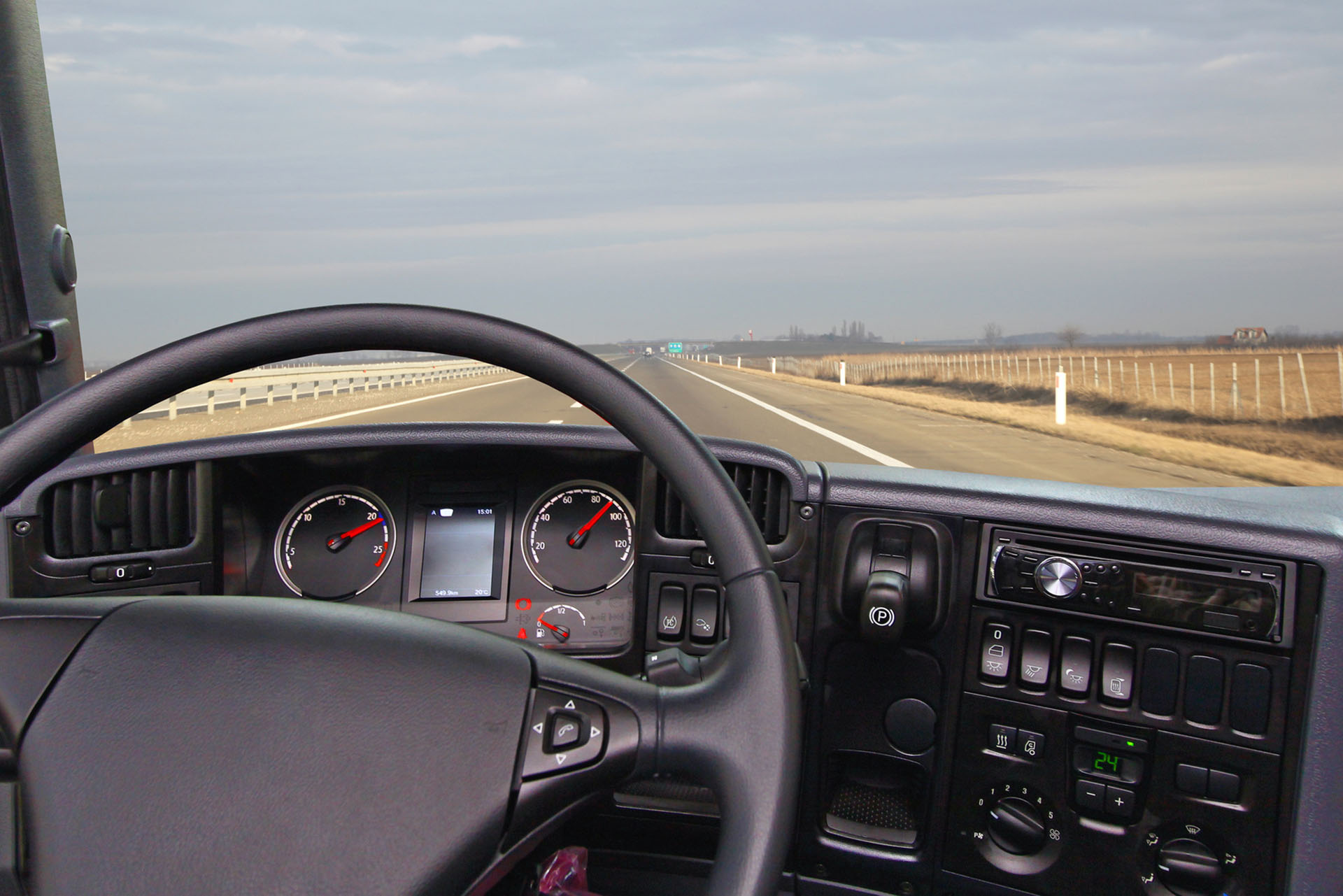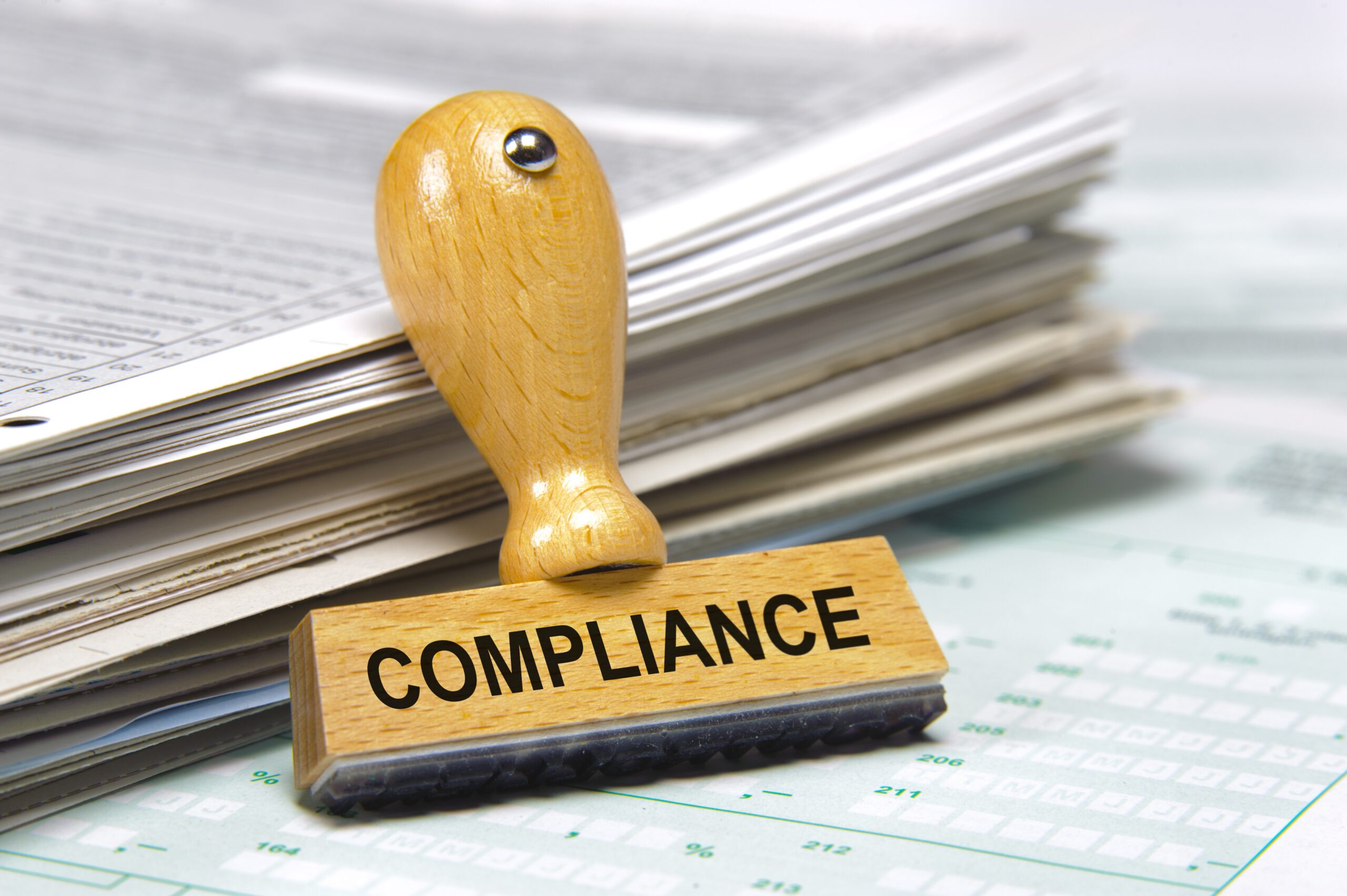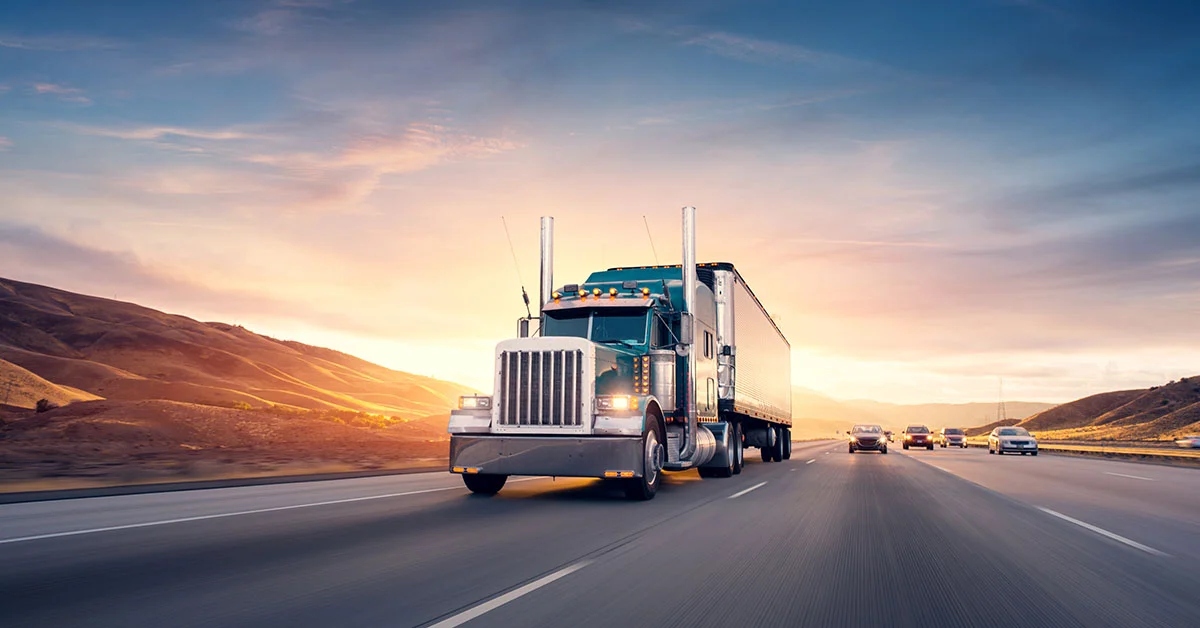A reader of Marc’s Safety Corner and customer of BigRoad recently asked an interesting question. How are Hours of Service (HOS) recorded when you have two vehicles – one that is ELD-enabled, while the other is not? Below, read Marc’s expert answer.
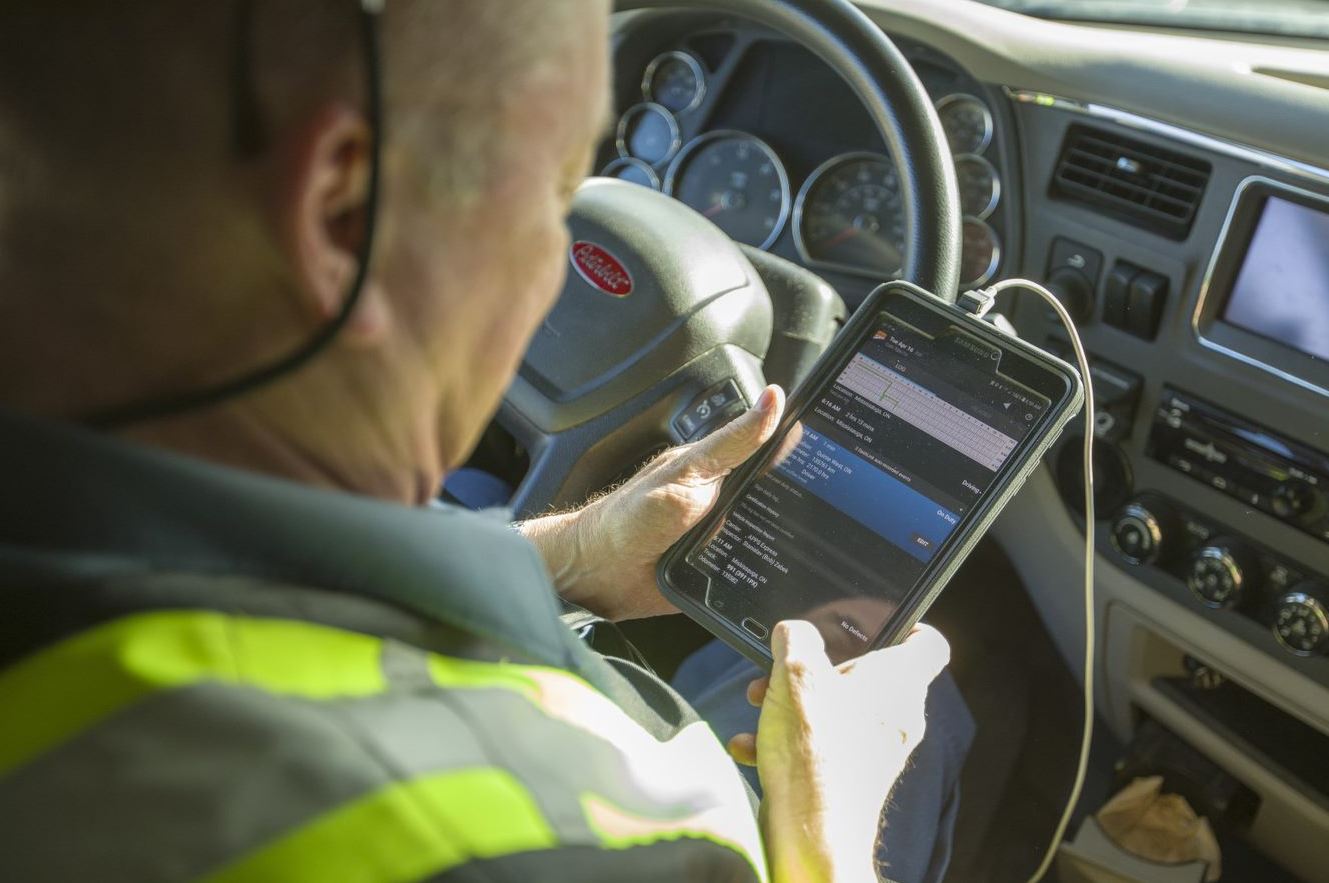
Question:
We have a small fleet of three trucks, of which two trucks are new Ford F450 pulling trailers. Our third truck, a 1998 Kenworth, isn’t ELD compatible. If a driver begins the day with an F450 and needs to switch to the Kenworth, how is that recorded? Also, what do you present for the inspection?
Dear Reader,
To begin, I will make a few assumptions, as I don’t have the full scope of your operations for ELD purposes.
- My first assumption is that the Ford F450s pulling trailers are, in fact, Commercial Motor Vehicles (CMV), as defined in Part 390 of Federal Motor Carrier Safety Regulations. Specifically, a CMV means any self-propelled or towed motor vehicle used on a highway in interstate commerce to transport passengers or property when the vehicle:
- Has a gross vehicle weight rating or gross combination weight rating, or gross vehicle weight or gross combination weight, of 4,536 kg (10,001 pounds) or more, whichever is greater; or
- Is designed or used to transport more than eight passengers (including the driver) for compensation; or
- Is designed or used to transport more than 15 passengers, including the driver, and is not used to transport passengers for compensation; or
- Is used in transporting material found by the Secretary of Transportation to be hazardous under 49 USC. 5103 and transported in quantity requiring placarding under regulations prescribed by the Secretary under 49 CFR, subtitle B, chapter I, sub-chapter C.
Therefore, any 1 of these four categories makes the above vehicles a CMV.
- My second assumption is that the Ford F450s are manufactured in the year 2000 or later.
- My third assumption is that you are not otherwise exempt by any section in Part 395, therefore require an ELD in specific instances.
As you likely know, the ELD rule allows limited exceptions to the ELD mandate, including drivers of vehicles manufactured before 2000. Therefore, the driver of the 1998 Kenworth is not required to comply with ELD. That said, the driver of this commercial motor vehicle is still bound by the RODS requirements in 49 CFR 395. Therefore, he must prepare RODS when required, using paper logs, an Automatic On-Board Recording Device (AOBRD), or a logging software program.
On the other hand, when the driver is operating one of the fully regulated F450 trucks with a trailer, he will now require the deployment of a certified ELD (unless otherwise exempt).
In this specific instance, just before he or she is about to operate the F450 pulling a trailer, a driver should have in his or her possession a signed statement that gives the total time on duty during the immediately preceding seven days. Moreover, the time at which the driver was last relieved from duty before beginning work for the motor carrier.
In the alternative that the driver was going from an ELD-deployed vehicle to a non ELD-deployed vehicle, the driver may present copies of the day in question when stopped by DOT, along with the previous seven days’ records of duty status or a print-out from his or her motor carrier’s ELD system.






